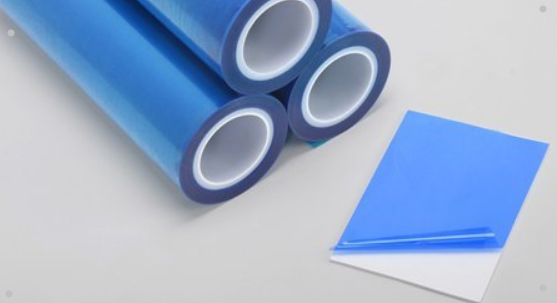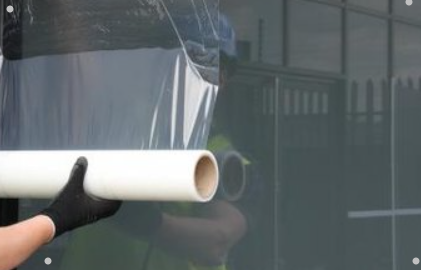How to choose the right sheet protective film and avoid problems
The function of the sheet protective film is to protect critical surfaces from scratches, damage, abrasion, ultraviolet radiation or dirt and pollution. Widely popular and successful because of its strength and durability, the protective film is actually a kind of tape. It is made of film layers glued together to form a barrier to protect the surface of the board. It also has a scratch-resistant function. Helps reduce the penetration of sunlight and ultraviolet rays.

How to choose the right sheet protective film?
1. Is the film applied to rough or smooth surfaces? Rougher surfaces have larger surface areas and require thicker adhesives.
2. Is the surface area of the board clean and dry? Embedded materials and unnecessary debris can adversely affect the performance of the protective film.
3. Is the surface of the board painted or coated? There may be a chemical reaction between the adhesive and the coating, especially the longer they are in contact with each other.
4. What type of sheet surface needs to be protected? Whether it is wood, stone, metal, glass, plastic or ceramics; these surfaces require completely different adhesives to function successfully.
5. Will the film be exposed to high temperatures? Most rubber-based adhesives cannot withstand temperatures above 150°F. Acrylic adhesives are effective at temperatures up to 350°F, while silicone adhesives are effective at temperatures up to 500°F.
6. How to extend the time of film sticking to the surface? It is necessary to ensure the adhesion between the surface and the film within a firm time period.
7. Will storage and transportation affect the sheet protective film? Consider them for transportation on the job site and subsequent storage of materials so as not to affect efficiency. Store the film and tape in a cool and dry place.
Common problems of sheet protective film:
The surface adhesion of the sheet protective film is poor. If the film peels off too easily, there may be a variety of reasons: the surface is not clean enough or it is contaminated by dust or moisture. If an incorrect sheet protective film is used for the project, it can easily lead to insufficient adhesive or low viscosity in weather and conditions. The film was not stretched uniformly during the installation process, causing deformation, so the sealing effect was not good.
Debonding. If the film actually separates from the adhesive, it will leave a residue on the surface. Use a clean cloth dipped in an appropriate amount of organic solvent (such as ethanol or acetate) to remove the adhesive. Care should be taken during this step to avoid causing additional appearance problems on the protected surface during removal. The sheet protective film cannot be torn off. The common reason is the quality of the pressure sensitive adhesive. Beware of manufacturers who have not yet mastered the production of this very professional adhesive technology. Some people just adjust the common adhesive by making some improvements to the existing formula. Another reason why it is difficult to remove the sheet protective film may be excessive exposure to sunlight. This is why the UV rating of the film and the determination of how long it needs to adhere are essential pre-installation determinations.
If you are not sure which type of sheet protective film is suitable for your needs, please contact us directly, and we will work with you to test various options or customize solutions to meet your needs.






